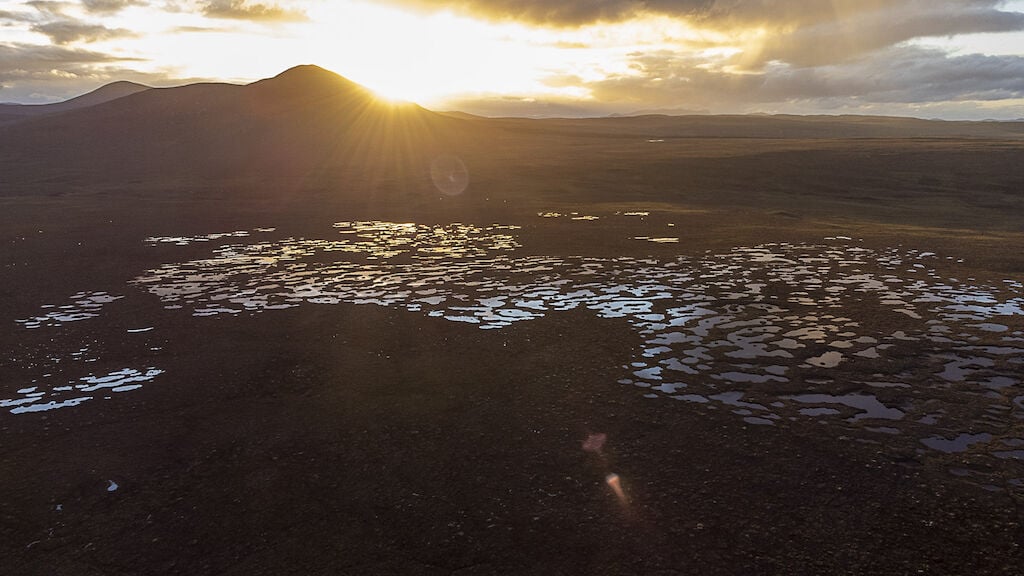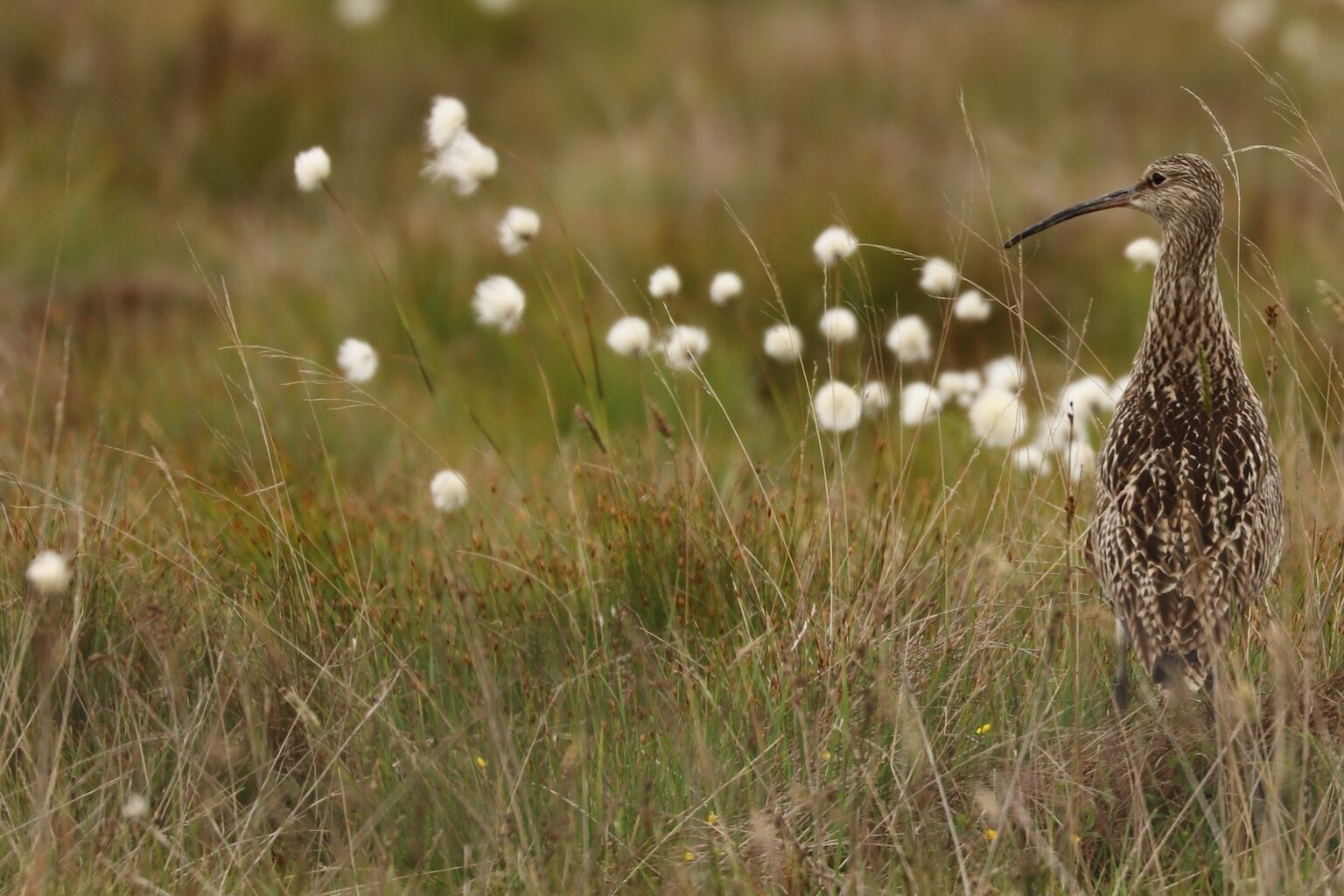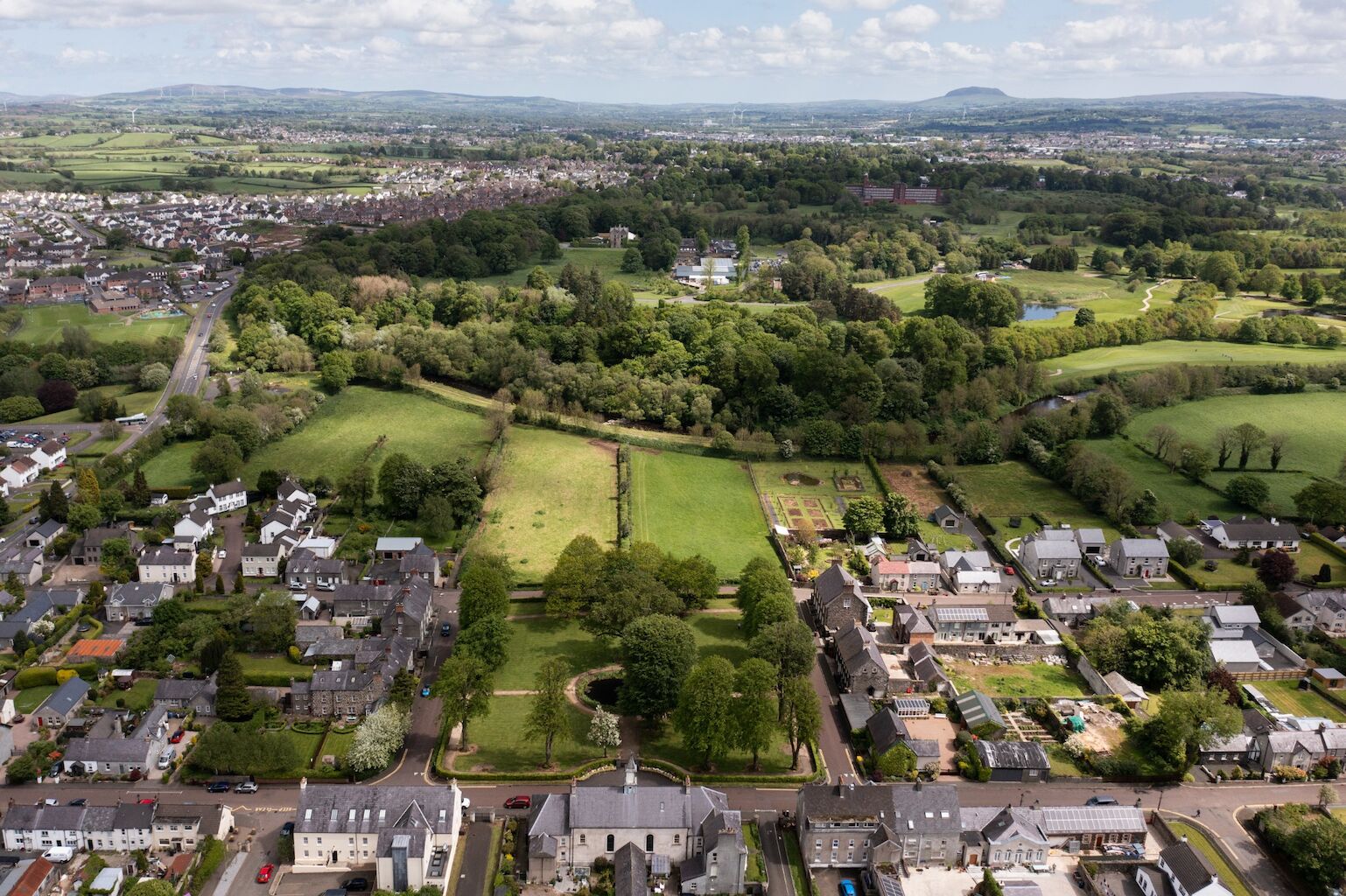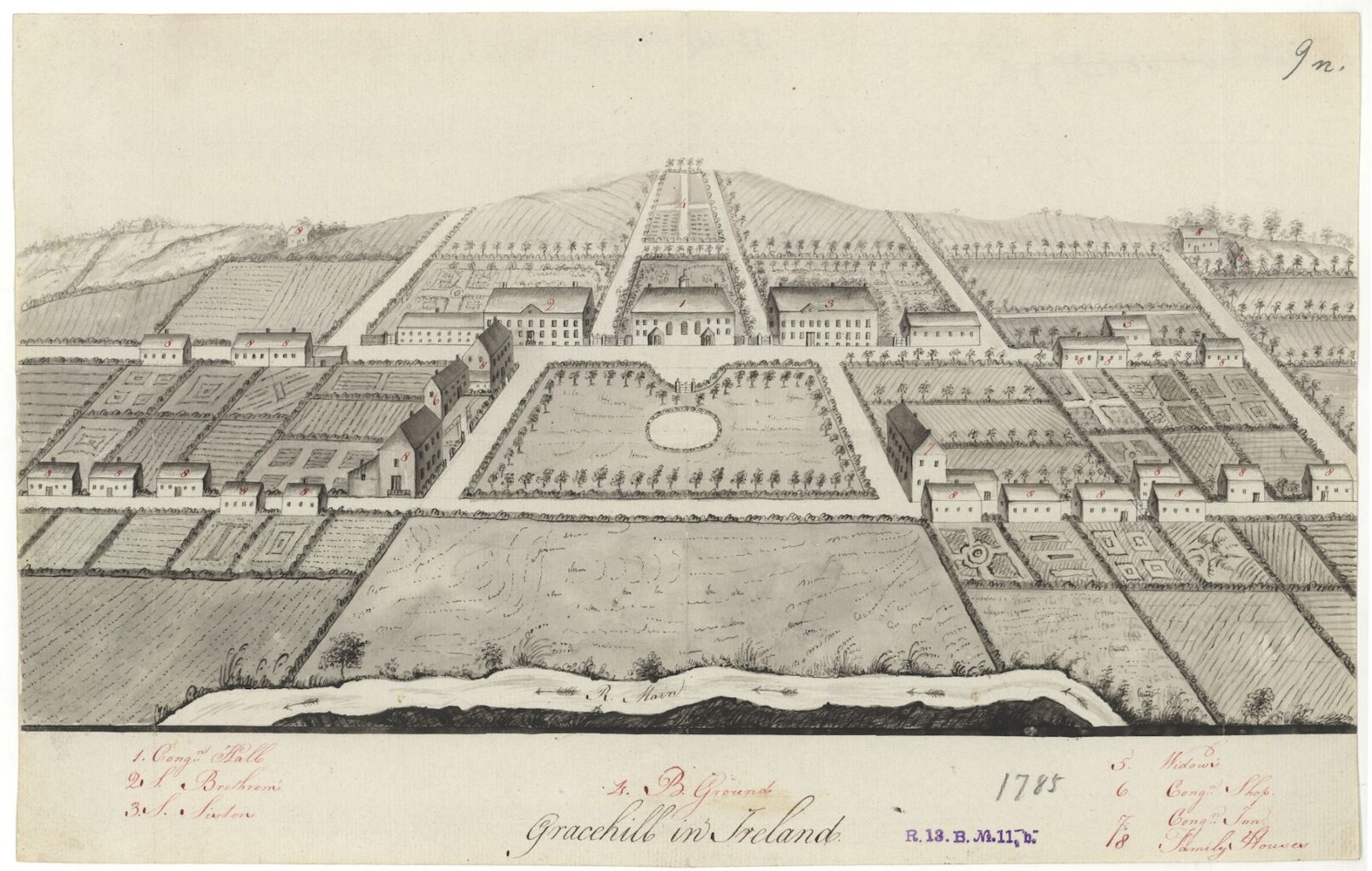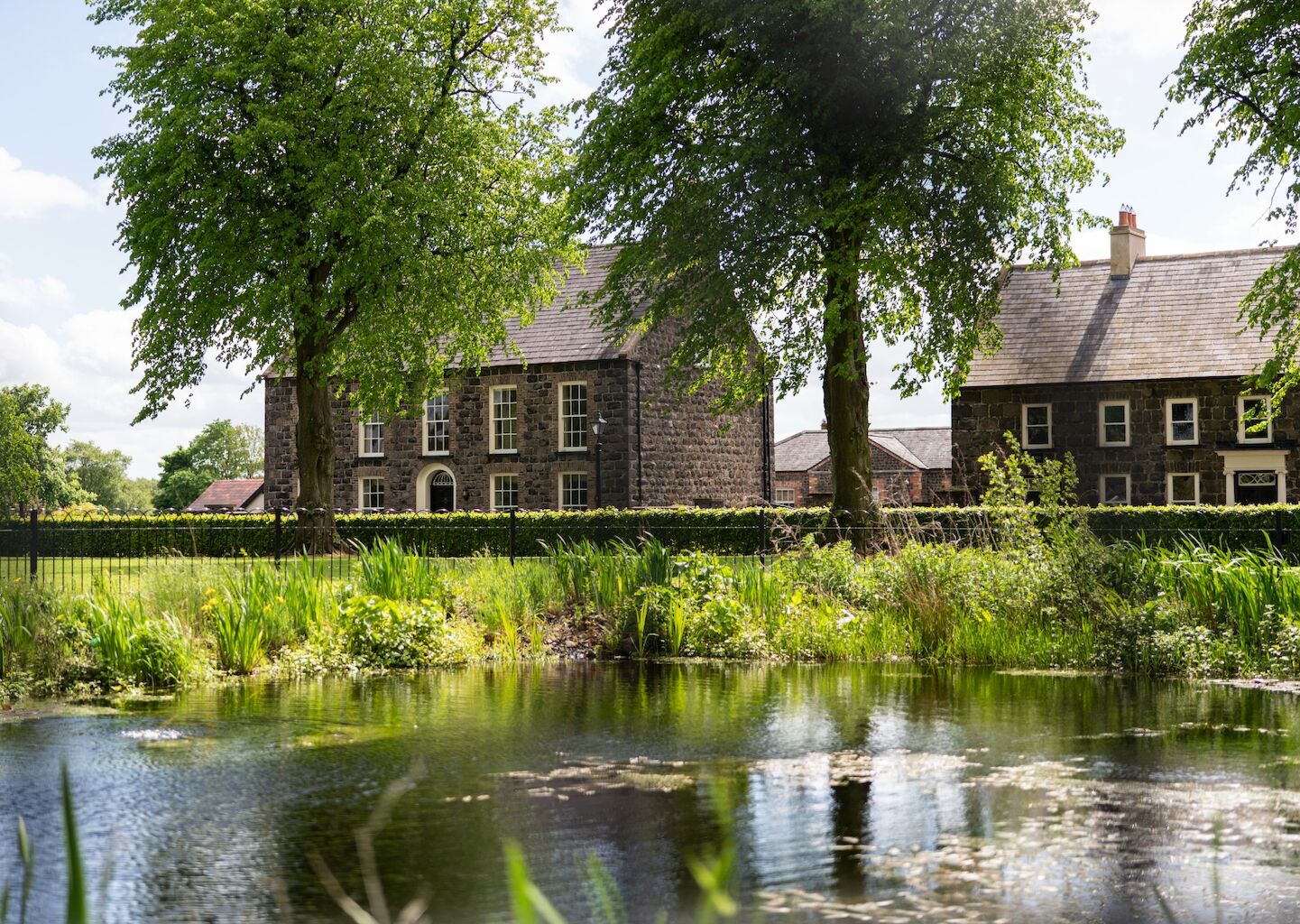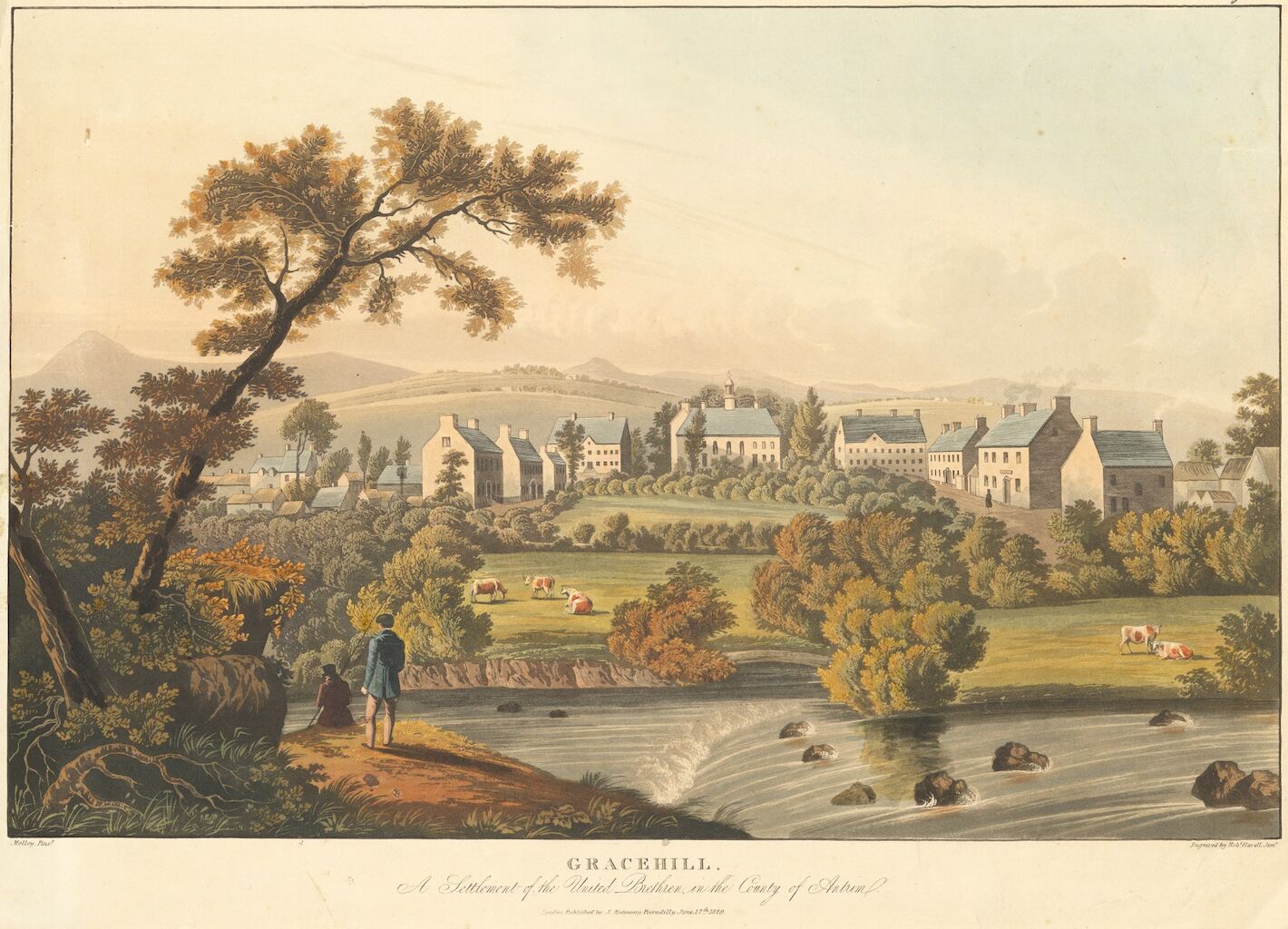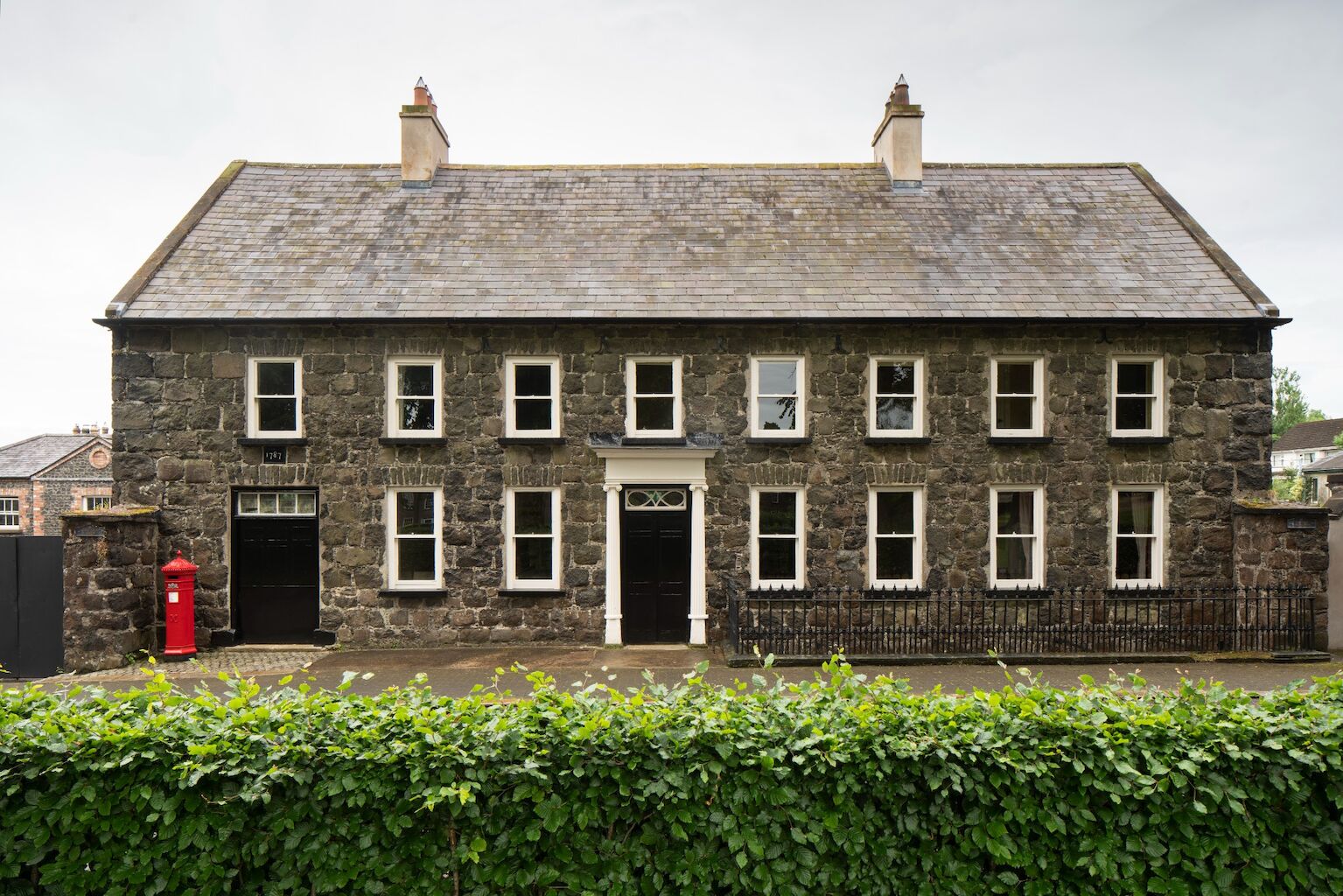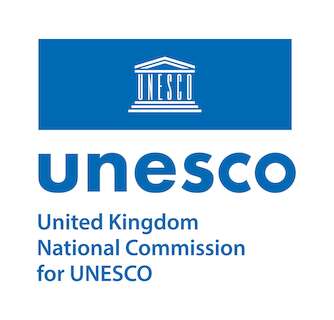Two new World Heritage Sites set to join the UNESCO in the UK network
Two new sites in the UK are set for inscription onto the UNESCO World Heritage List later this week (w/c 22 July 2024). The inscription of the Flow Country and Moravian Church Settlements (Gracehill) will take place at the 46th Session of the World Heritage Committee in New Delhi, India.
The Flow Country is widely considered to be the largest area of blanket bog in the world, covering about 4,000km2 (1,500 square miles) in Caithness and Sutherland, in northern Scotland. Together with associated areas of heath and open water, the Flow Country is of international importance as a habitat, and for the diverse range of rare and unusual breeding birds it supports.
The Flow Country encompasses an exceptionally wide range of vegetation and surface pattern types, including numerous pool systems. Such features are usually rare and localised but in the Flow Country they are widespread, and a high proportion of the ground remains undisturbed. The range of mire types varies from those of the lowland Caithness plain in the east, through to those of the mountainous oceanic west.
Extensive areas of active blanket bog, where bog moss Sphagnum and other bog species ensure continuing peat accumulation, occur in intimate association with a range of open water, wet heath, grassland and fen communities.
This natural environment provides the diversity of habitats necessary to support a wide range of wetland and moorland species. Of particular importance are the birds, many of which are typically northern species found here towards the southern limit of their range. These include red-throated diver, black-throated diver, golden plover, greenshank, golden eagle, merlin and short-eared owl.
The Flow Country is also unusual in that it provides an extensive area of wild land and solitude on an otherwise highly developed and densely populated island. As wild areas such as these are typically mountainous, the associated blanket bog tends to be relatively fragmented and confined to the gentler slopes. As such, large, continuous areas such as the Flow Country are exceptional.
Moravian Church Settlements – Gracehill, Northern Ireland
Nominated as a transnational serial extension of Christiansfeld, a Moravian Church Settlement (Denmark,2015), the Moravian Church Settlements are located in three municipalities founded in the 18th century. Herrnhut (Germany), Bethlehem (United States of America), and Gracehill (United Kingdom of Great Britain and Northern Ireland) are characterised by overarching planning principles guided by the ideals of the Moravian Church, as expressed in their plans and democratic organisation.
All have distinctive Moravian buildings, including a particular type of Gemeinhaus (congregation building), church, and choir houses (large structures designed as communal dwellings for unmarried men, unmarried women, and widows), as well as a nearby God’s Acre (cemetery).
Each settlement has its own architectural character based on an original Moravian Church Civic Baroque style but adapted to local conditions. Together, they represent the transnational scope and consistency of the international Moravian community as a global network, developed from the 18th century through the founding of such settlements. There is an active congregation present today in each component.
Speaking of the new inscriptions, Professor Mike Robinson, UKNC Non-Executive Director, Culture at the UK National Commission for UNESCO says:
“We are thrilled that the Flow Country and Moravian Church Settlements (including Gracehill in Northern Ireland) have been inscribed onto the UNESCO World Heritage List in recognition of their Outstanding Universal Value.
They join the 29 other UNESCO World Heritage designations in the United Kingdom, including sites as varied as Ironbridge Gorge, St Kilda, Tower of London, Pontcysyllte Aqueduct and Canal, Durham Castle and Cathedral, and the Dorset and East Devon Coast (The Jurassic Coast). Collectively, the UK’s World Heritage Sites showcase the incredible diversity and global significance of its cultural and natural heritage and highlight the need for their on-going protection.”

